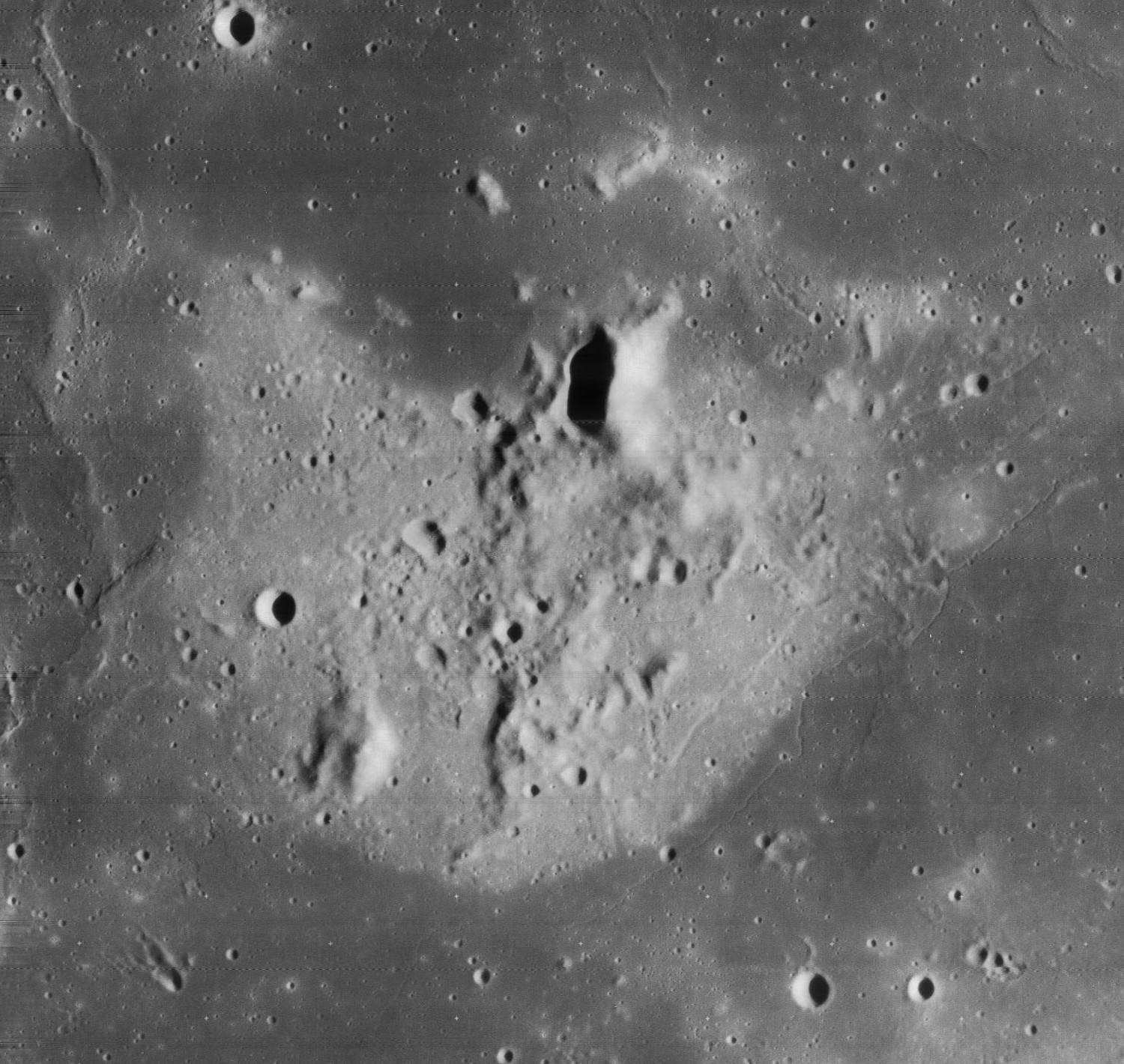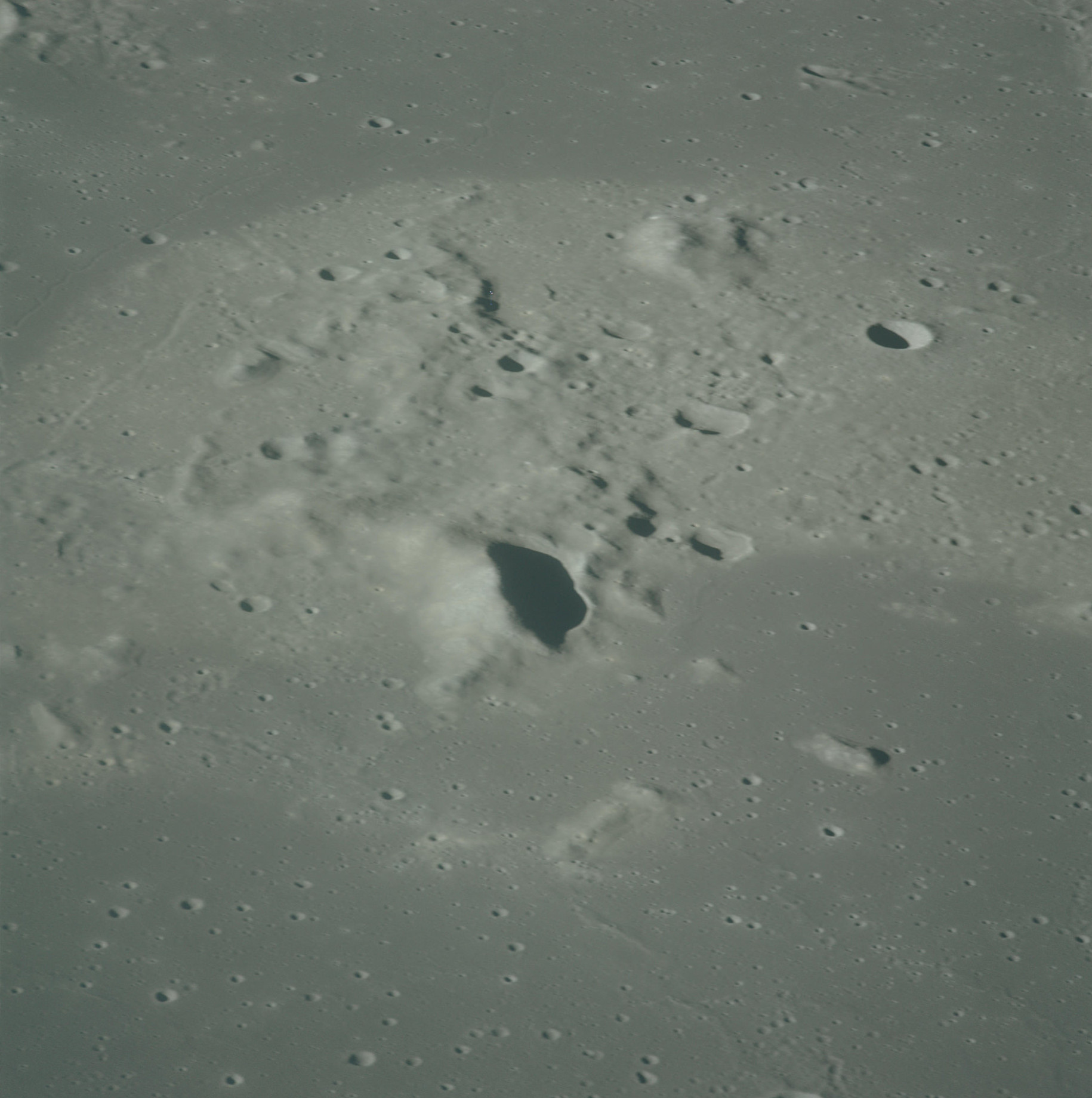The Helmet (Oceanus Procellarum) on:
[Wikipedia]
[Google]
[Amazon]

 The Helmet is an informal term for a highland mass within southern
The Helmet is an informal term for a highland mass within southern
PDF file
/ref> The name derives from the roughly semicircular shape of the border of the feature, resembling a
Herigonius Pi & Eta
Lunar Photo of the Day, January 28, 2007
A Colorful Helmet
Lunar Photo of the Day, January 29, 2007

 The Helmet is an informal term for a highland mass within southern
The Helmet is an informal term for a highland mass within southern Oceanus Procellarum
Oceanus Procellarum ( la, Ōceanus procellārum, lit=Ocean of Storms) is a vast lunar mare on the western edge of the near side of the Moon. It is the only one of the lunar maria to be called an "Oceanus" (ocean), due to its size: Oceanus Proc ...
on the near side of the Moon
The Moon is Earth's only natural satellite. It is the fifth largest satellite in the Solar System and the largest and most massive relative to its parent planet, with a diameter about one-quarter that of Earth (comparable to the width of ...
, southeast of the crater Herigonius. The astronauts of Apollo 16
Apollo 16 (April 1627, 1972) was the tenth crewed mission in the United States Apollo space program, administered by NASA, and the fifth and penultimate to land on the Moon. It was the second of Apollo's " J missions", with an extended sta ...
used the term to refer to the feature during the mission.''Apollo 16 Preliminary Science Report'' (NASA SP-315), 1972. Chapter 28, Observations and Impressions from Lunar OrbitPDF file
/ref> The name derives from the roughly semicircular shape of the border of the feature, resembling a
helmet
A helmet is a form of protective gear worn to protect the head. More specifically, a helmet complements the skull in protecting the human brain. Ceremonial or symbolic helmets (e.g., a policeman's helmet in the United Kingdom) without protect ...
. The feature is topographically higher and of a higher albedo
Albedo (; ) is the measure of the diffuse reflection of sunlight, solar radiation out of the total solar radiation and measured on a scale from 0, corresponding to a black body that absorbs all incident radiation, to 1, corresponding to a body ...
than the surrounding mare
A mare is an adult female horse or other equine. In most cases, a mare is a female horse over the age of three, and a filly is a female horse three and younger. In Thoroughbred horse racing, a mare is defined as a female horse more than four ...
lava plain.
Two mountains within The Helmet are informally named Herigonius Eta (η) and Herigonius Pi (π). Eta is the larger mountain on the northern edge of the Helmet, and Pi is along the southwest edge.
The selenographic coordinates
The selenographic coordinate system is used to refer to locations on the surface of Earth's moon. Any position on the lunar surface can be referenced by specifying two numerical values, which are comparable to the latitude and longitude of Earth. ...
of this feature are 16.8° S, 31.6° W.
External links
Herigonius Pi & Eta
Lunar Photo of the Day, January 28, 2007
A Colorful Helmet
Lunar Photo of the Day, January 29, 2007
References
Geological features on the Moon {{moon-stub